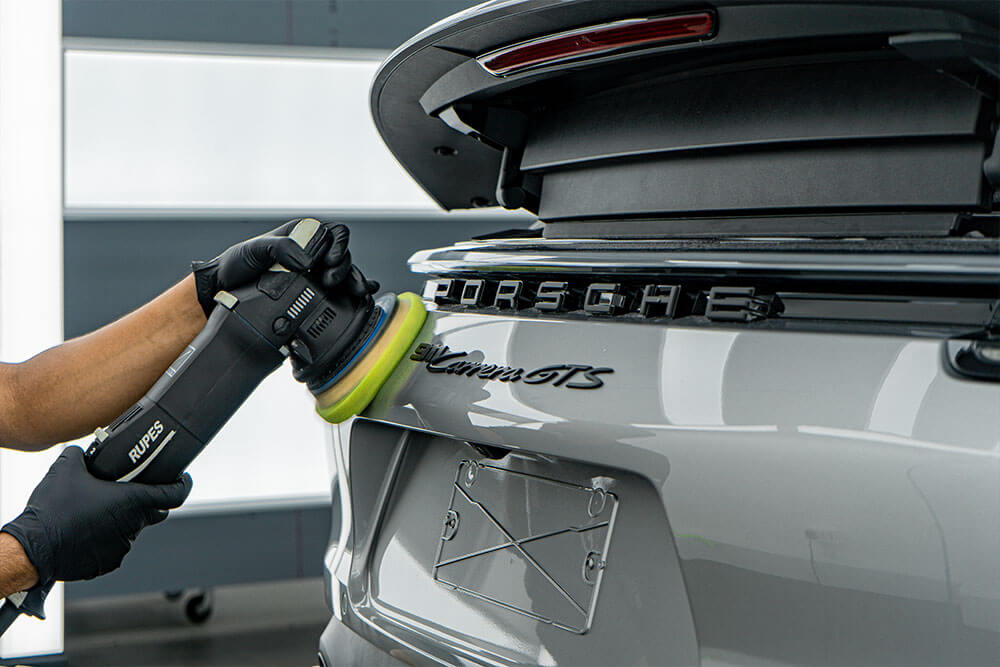
Paint Protection Film (PPF) is a popular choice for car owners who want to preserve the look of their vehicle. This thin, transparent layer shields the paint from scratches, chips, and other environmental damage. But once applied, how much work does it really take to keep PPF in good condition? Is it difficult to maintain, or is it more straightforward than many believe? Let’s explore the process and find out.
What is PPF?
Before diving into maintenance, it’s important to understand what PPF actually is. Paint Protection Film is a flexible, clear film made from urethane that is applied to a car’s paintwork. The purpose of PPF is simple: it acts as a protective barrier against road debris, dirt, bird droppings, and other hazards that could damage your vehicle’s paint.
Once applied, the film is virtually invisible, allowing the car’s original color and finish to shine through while being shielded from wear and tear.
Does PPF Require Frequent Maintenance?
One of the main reasons car owners choose PPF is for the low-maintenance benefits. After the film is applied, it does not require the same level of upkeep as other protective coatings, such as waxing or polishing. However, this doesn’t mean it’s entirely maintenance free. While PPF does provide significant protection, taking a few basic steps to care for it will ensure its longevity.
Regular Washing is Key
The most important aspect of maintaining PPF is regular washing. Just like any other part of your car, the film needs to be kept clean to ensure it functions properly. Dirt, grime, and road salts can accumulate on the surface, so washing your car regularly will keep the PPF looking fresh.
The good news is that the film makes washing your car easier. Since PPF is hydrophobic, water and dirt tend to slide off the surface more easily, reducing the effort it takes to clean your car. A gentle wash with mild soap and water is usually enough to maintain the film’s appearance. Avoid abrasive scrubbers or harsh chemicals, as they could damage the film.
Dealing with Stubborn Spots
Over time, certain spots, like bird droppings, tree sap, or bug splatter, can accumulate on the film. While PPF provides protection, it’s still important to clean these stains promptly. The longer these substances stay on the surface, the more difficult they can be to remove. A simple solution is to use a microfiber cloth and a pH-balanced cleaner to gently wipe the area. This will prevent staining and preserve the integrity of the film.
Occasional Inspection for Damage
While PPF is highly durable, it’s not entirely immune to damage. Rock chips, scrapes, and other physical impacts can still cause wear over time, though the film generally protects the underlying paint. It’s a good idea to inspect the film periodically, especially in high impact areas like the front bumper or side mirrors. If you notice any signs of wear, a professional might be able to repair or replace the damaged section.
Does PPF Need Special Products?
Unlike other paint protection methods, such as wax or sealant, PPF doesn’t require any special products to keep it in good condition. However, some car owners prefer to apply a protective coating on top of the film for added shine and protection. These coatings can help repel dirt and water, making the surface even easier to clean. But this is entirely optional and not required to maintain PPF.
Avoid High Heat and Harsh Conditions
One area to be mindful of is exposure to extreme temperatures. PPF is designed to withstand the heat from the sun, but prolonged exposure to high heat or UV rays can cause the film to discolor or degrade over time. Similarly, freezing temperatures and salt from winter roads can take a toll on the film. It’s a good practice to park your car in a shaded area or use a car cover to protect the film from prolonged exposure to harsh elements.
Is It Worth the Effort?
For most car owners, the minimal effort required to maintain PPF is well worth the protection it offers. Regular washing, occasional inspections, and simple cleaning routines are all that’s needed to keep your vehicle looking pristine. The peace of mind that comes with knowing your car’s paint is protected from damage is priceless.
Conclusion
So, is it hard to maintain PPF on a car? The answer is no, not really. With just a little attention, you can ensure that your PPF stays in top shape for years to come. While it’s not entirely maintenance-free, the care it requires is minimal and easy to manage. By following some simple cleaning practices and inspecting the film periodically, you’ll keep your car’s paint looking fresh and new, without the hassle of constant upkeep.


